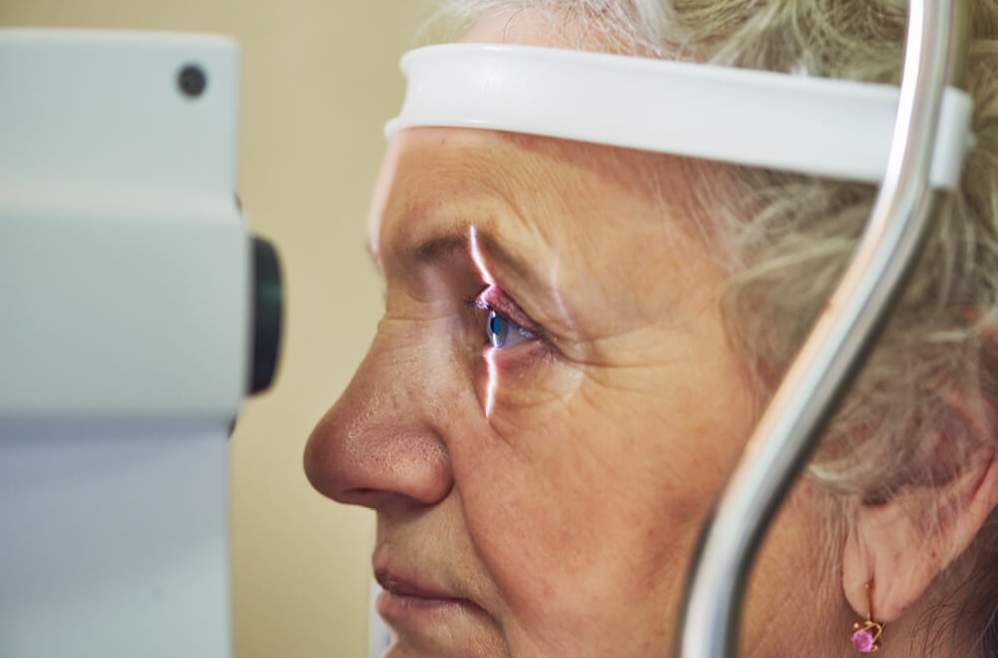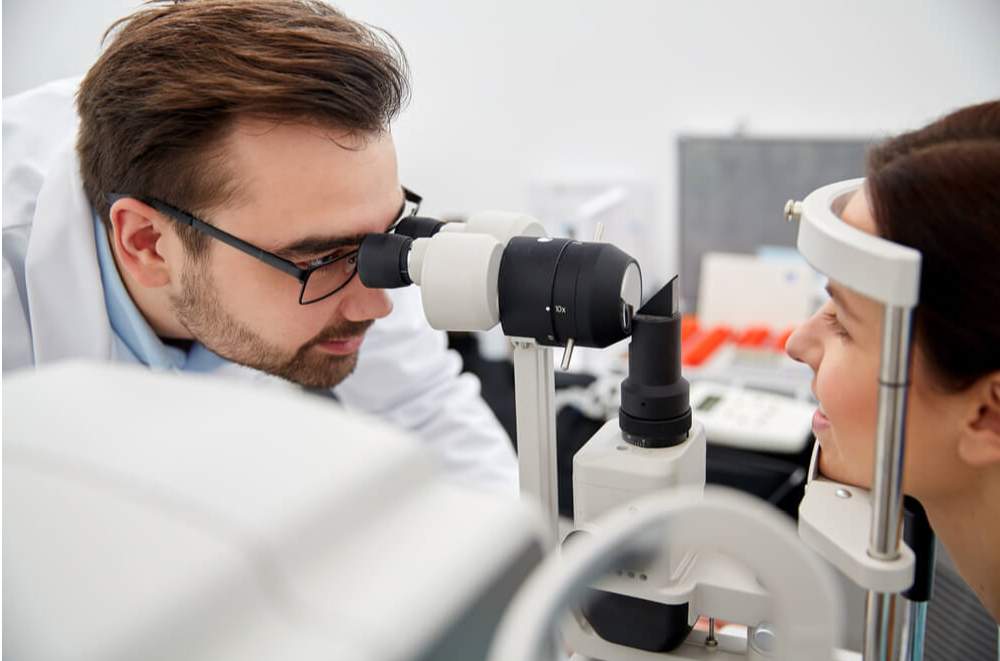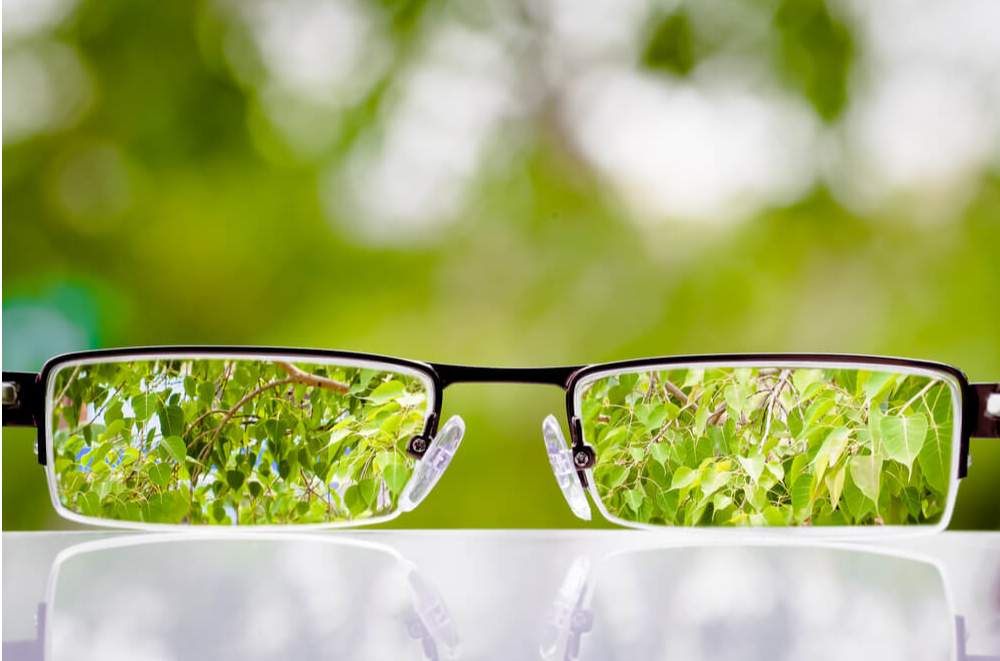
The more we see, the happier we are. Eyesight is one of the most crucial of all senses, and when it deteriorates, so does the quality of life. Sadly, glaucoma may be the culprit that steals one’s vision at a moment’s notice, without any signs detected until one go blind. It’s a dreadful condition that tends to progress gradually, especially if left unattended. Luckily, there are few methods of early glaucoma diagnosis that can be a key to sight protection.
Glaucoma may manifest itself in a variety of forms. The worst are those that go under the radar. For example, open-angle glaucoma (the most frequently diagnosed type) causes neither blurry vision nor creates eye pain at its initial stages. Therefore, realization of the issue becomes only when it aggravates to the extent where the sight fails abruptly.
Unfortunately, a basic visual acuity test with a Snellen chart is not enough to diagnose glaucoma. This is especially true when one is at risk of developing it because of age, race, some chronic conditions, etc.
Detection and prevention of vision loss due to glaucoma

Getting ocular exams is critical. It’s the only way to detect glaucoma and start treating it right away upon confirmation. Depending on one’s risk factors, there is a need to have them once or several times a year. The ophthalmologists are likely to advise to go on with an acuity exam as a first step and get the following:
- A perimetry test. If the optic nerve is affected, the peripheral vision takes a hit first. This test is aimed at identifying how much of sight may have already been lost due to glaucoma. It’s done with a specific device called “perimeter” and surrounding light flashes that the patient is supposed to spot while keeping sight center-focused.
- Ophthalmoscopy. Because of the abnormally high eye pressure takes its toll on the optic nerve, blood vessels get damaged. During ophthalmoscopy, the ophthalmologist looks through the patient’s pupil to examine the fundus, which is the eye’s interior part. It’s made up of blood vessels (among other things) to be checked for any possible damage.
- Ocular tonometry. This procedure involves the use of a handheld tonometer device to measure your IOP (intraocular pressure). Unfortunately, many things may affect the accuracy of the readings – from your position during tonometry to your corneal thickness. That is why eye doctors should only utilize advanced devices, such as the Easyton tonometer, that minimizes the effects of ocular factors on the measurements.

- Corneal pachymetry. As we’ve mentioned before, the corneal thickness can influence how consistent IOP readings are and how accurately the ophthalmologist can interpret them. This information becomes critically important to make the correct decisions in glaucoma treatment.
- Gonioscopy is a test that shows whether the drainage angle works the way it’s supposed to. When it’s too narrow or blocked, the fluid that nourishes the eyes can’t flow out of it. As a result, it accumulates there and causes the intraocular pressure to rise. Ocular hypertension may be one of the very first signs of many eye conditions, including glaucoma.
- Other tests included in a comprehensive eye exam. In case if the precedence of glaucoma is suspected (although no symptoms have been experienced), additional types of the screening may be required. The opthalmologists run an array of tests ranging from advanced eye sharpness tests to pupil dilation exams and everything else that may help the doctor to see the bigger picture.
Regular glaucoma tests can save you from permanent sight loss

Research shows that 10% of glaucoma patients eventually become visually impaired. However, being aware of one’s eye health condition and systemic monitoring can help tremendously in sight loss prevention. Always stay in touch with your eye doctor and never neglect scheduled screening. Thanks to today’s comprehensive tests and highly accurate diagnostic tools (like Easyton), glaucoma can be diagnosed and managed more effectively. The sooner the treatment starts, the more chances to save the vision for life.

 EN
EN